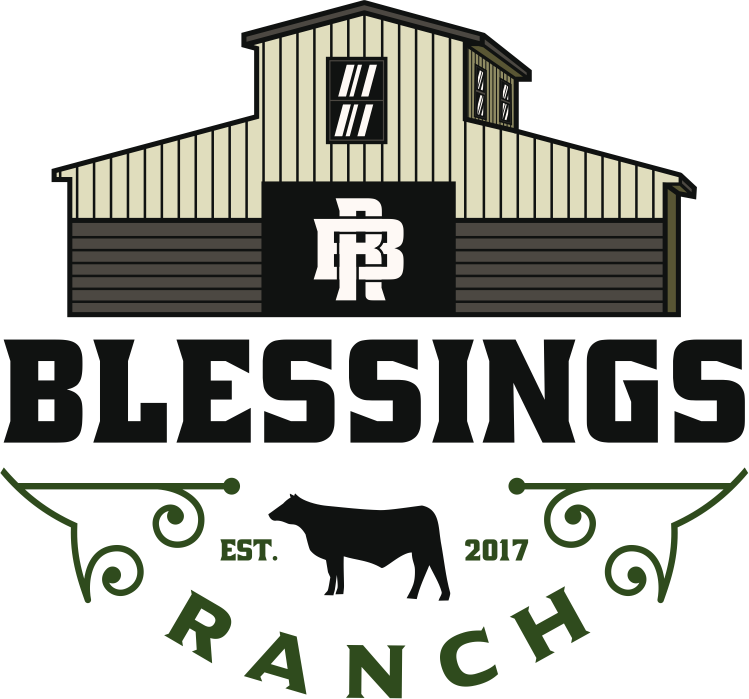Select Category:
Search Post:
Select Category: A-la-carte Beef Beef In Bulk Benefits of Grass Fed Beef Bulk Beef Bulk Beef Orders Buying Beef in Bulk Buying Bulk Beef Eggs Ethical Farming Practices Farm Stores Farm To Table Grass Fed Beef in Bulk Grass-Fed Beef Grass-Fed Beef Benefits Local Farms Local Food Ordering Grass Fed Beef in Bulk Raw Dairy […]
Bulk buying is one of the best ways to purchase grass-fed beef. But we find plenty of new customers who are a little concerned about storing so much meat for so long. Never fear. With a little advance planning, it’s easy to store your beef. Check Your Freezer Size Typically, you’ll need one cubic foot […]
Grass-fed beef isn’t the choice most Americans are used to. It’s not even the choice most Texans are used to. Most of us have been raised on grain-fed beef all our lives. So is grass-fed beef really worth the shift? Does it make sense to buy farm fresh beef that’s been pasture-raised? Here at Blessings […]
Is grass-fed beef really better than grain-fed beef? Is it worth taking the extra time and energy to source local grass-fed instead of just going to the grocery store like you always do? Valid questions. But when you start making side-by-side comparisons between grass-fed beef and grain-fed beef, grass-fed beef starts to stand out. Beyond […]
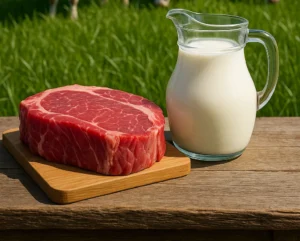
Grass Fed Beef and Raw Milk: The Perfect Pair for a Healthy Diet
Farm-fresh grass-fed beef and reputably produced raw milk can be your secrets to a healthier lifestyle. Find out how with today’s blog post!

Raw Milk vs. Pasteurized Milk: Which is Better for You?
Raw milk delivers health benefits that are hard to ignore. The team at Blessings Ranch helps you explore your options.
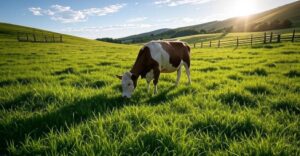
The Environmental Benefit of Sourcing Grass-Fed Beef from Local Farms
Grass-fed beef is a choice that can help you live a more sustainable lifestyle. Find out why in today’s blog post from Blessings Ranch.
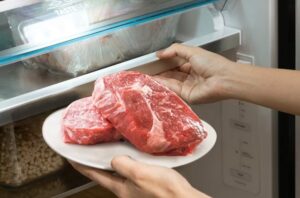
How to Store and Preserve Grass-Fed Beef Bought in Bulk
Bulk buying is one of the best ways to purchase grass-fed beef. But we find plenty of new customers who are a little concerned about storing so much meat for so long. Never fear. With a little advance planning, it’s easy to store your beef. Check Your Freezer Size Typically, you’ll need one cubic foot of freezer per 30 pounds of beef. A whole cow will provide roughly 600 pounds of beef. You’d need 20 cubic feet of freezer space for the whole cow. Most of our customers have dedicated freezer space to work with. You may want to buy a standing freezer for the garage if you plan to invest in bulk beef. You could also split an order with a neighbor if you
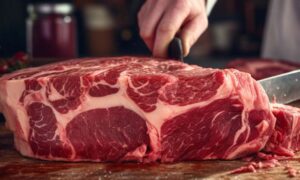
Why Grass-Fed Beef is Superior to Conventional Beef: A Comparison
Grass-fed beef isn’t the choice most Americans are used to. It’s not even the choice most Texans are used to. Most of us have been raised on grain-fed beef all our lives. So is grass-fed beef really worth the shift? Does it make sense to buy farm fresh beef that’s been pasture-raised? Here at Blessings Ranch, we feel confident you’ll love the difference once you see it for yourself. Better for Your Waistline Grass-fed beef is just as tasty and filling as grain-fed beef, but it contains fewer calories. That means you can promote your weight loss goals without making any change to what you eat or when you eat it. Of course, you’ll see more dramatic results when you combine grass-fed beef with other
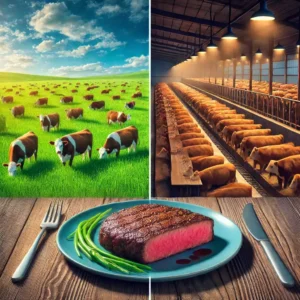
Why Grass-Fed Beef is Superior to Grain-Fed Beef
Is grass-fed beef really better than grain-fed beef? Is it worth taking the extra time and energy to source local grass-fed instead of just going to the grocery store like you always do? Valid questions. But when you start making side-by-side comparisons between grass-fed beef and grain-fed beef, grass-fed beef starts to stand out. Beyond the marketing buzzwords lies a compelling story of how what cows eat transforms the meat on your plate. The Pasture Difference Unlike conventional cattle that’s getting confined to cramped feedlots while being force-fed grain, a grass-fed cow lives as nature intended. These animals roam freely, grazing on open pastures while enjoying a natural diet. You may be thinking: sure. Animal welfare is nice. But what’s in it for me? Answer:
